A bit of an expert
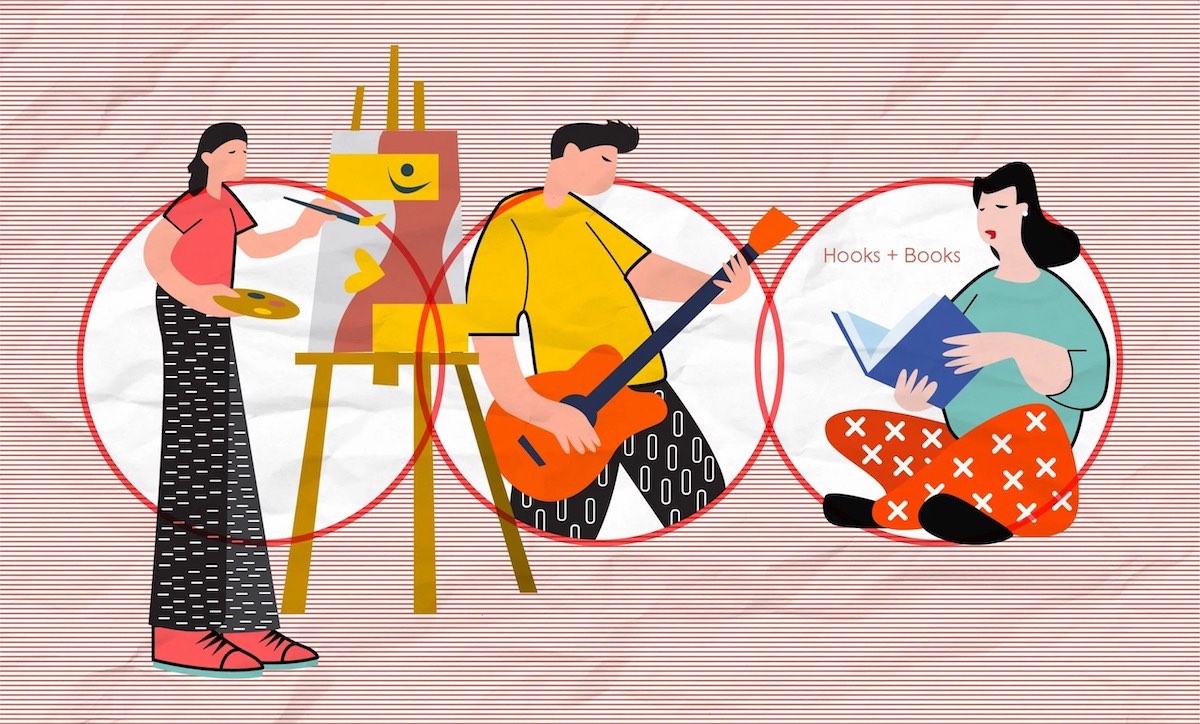
It never fails: every time we cross the bridge along Highway 2000 in Taytay, Rizal, traffic swallows us whole right in the middle of it. There we sit, suspended over a river, surrounded by an orchestra of honking, unmoving vehicles. It’s scary. What if this bridge collapsed and we fell into the river?
As we waited there, I couldn’t help but point out to my wife what I believe to be an obvious design flaw. “Why on earth would they put crossings right at the ends of a bridge? Doesn’t it make more sense to extend the bridge so perpendicular roads can pass underneath?”
In my head, the solution seemed so obvious, so glaring, that I couldn’t help but question the competence of those who had built it.
My wife, ever ready with her sharp wit, smirks at me. “Ang galing naman talaga ni engineer at architect Butac!” she chirps, her sarcasm slicing through my imaginary credentials. For context: I’m not an engineer. I’m not an architect. I’m an accountant. My expertise lies in balancing books, not bridges. But who says you need a civil engineering degree to point out design flaws from the safety of your car, right?
Still, her playful teasing doesn’t stop me from indulging in my role as an amateur bridge critic every time we’re stuck on that overpass. However, this habit of mine took a sobering turn when news broke about the tragic Cabagan-Santa Maria bridge collapse in Isabela.
The collapse sparked widespread conversations, turning everyone—from Grab drivers to politicians—into overnight structural analysts. During my regular Grab rides, the theories flew thick and fast: structural flaws, substandard materials, corruption. Each hypothesis was delivered with the kind of confidence you’d expect from someone holding a Ph.D. in “bridgeology.” It was amusing, borderline absurd even. But at the heart of it all was a shared need to make sense of something so tragic.
Even President Marcos chimed in, suggesting the collapse could be attributed to a design flaw. This sparked yet another round of pontificating.
The real turning point came when engineer Alberto Cañete, the Cabagan-Santa Maria bridge’s lead designer, stepped forward to clarify things. With decades of experience under his belt, Cañete defended the structure, emphasizing that it adhered to the Philippine Bridge Code and public works standards. He called for a proper forensic engineering investigation, gently reminding everyone that real expertise isn’t pulled from thin air—or born from traffic jams.
Cañete’s words hit home. They were a much-needed reminder of a universal human trait: our tendency to claim “expert” status on topics we barely understand. Here in the Philippines, we call it “nagmamagaling,” which loosely translates to “acting like a know-it-all.” Armed with Google searches and overconfidence, we wade into uncharted waters, blissfully unaware of how shallow our knowledge actually is.
Now don’t get me wrong—this trait can be endearing in small doses, especially when paired with a dose of humility. But when it comes to critical moments—say, assessing a bridge collapse—our knee-jerk assumptions can become harmful. Baseless theories or misinformed opinions dilute the voices of the real experts and, worse, fuel false narratives.
Reflecting on my own “engineer mode” during traffic jams, I realized it’s not just about wanting to feel competent. Sometimes it’s about being seen as resourceful. But in truth? Faking expertise is no substitute for the real thing. What’s so wrong with admitting when we don’t have all the answers? It doesn’t make us less smart—just a lot more self-aware.
So here’s the lesson I’m taking away: Confidence is fine, but it should always come with a side of respect for those who’ve spent years mastering their craft. Real expertise? It’s earned, not improvised.
Moving forward, I’m going to try channeling a little less “armchair engineer” and a little more humility. The next time traffic grinds to a halt on Highway 2000, I’ll resist the urge to critique the bridge’s design. But maybe—just maybe—I can learn to keep my unsolicited advice to myself.
And who knows? If I’d chosen a different path in life, maybe I really could’ve been an engineer. For now, I’ll stick to balancing books instead of bridges. It’s probably safer for everyone involved.
—————-
Heherson U. Butac, 28, is a graduate of the Polytechnic University of the Philippines. Sometimes, he wishes he’d taken engineering instead—if only to silence his wife during bridge debates.

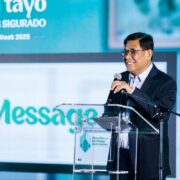



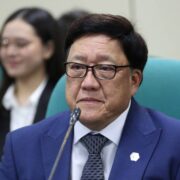


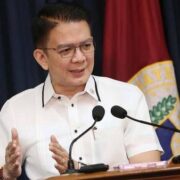
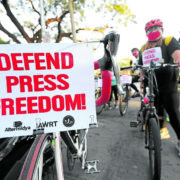




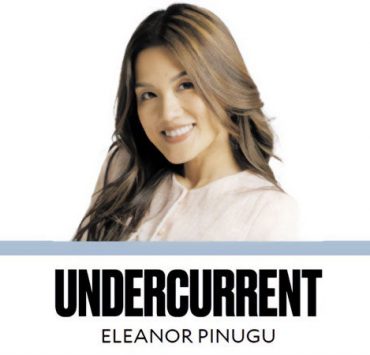


Asean must focus more on climate matters